Test 6/7 Atomic Structure & Periodicity With Answers - Mrs. Georgia Rutschilling, Mount Notre Dame High School Page 10
ADVERTISEMENT
44. Given the fact that both elements are in the same period, what information from the PES
spectra indicates that oxygen would have a smaller atomic radius?
(A) The number of peaks
(B) The intensity of the peaks
(C) Binding energy of the peaks
(D) A and C
(E) B and C
What information from the PES spectra above best accounts for nitrogen having smaller 1
st
45.
ionization energy than oxygen?
(A) The number of peaks
(B) The intensity of the core electron peaks
(C) The intensity of the valence electron
(D) Binding energy of the valence electron peaks
(E) A and C
46. What trend would you predict for the binding energies of valence electrons moving down a
group on the periodic table?
(A) Increasing binding energy due to increased shielding.
(B) Increasing binding energy due to deceased shielding.
(C) Decreasing binding energy due to increased shielding.
(D) Decreasing binding energy due to decreased shielding.
(E) Decreasing binding energy due to decreased nuclear charge.
47. Which of the following elements would require the shortest wavelength of light to ionize?
(A) Ga
(B) B
(C) Al
(D) C
(E) N
48. What would be the necessary wavelength (nm) required to remove one valence electron
from sodium’s outermost “s” orbital? The first ionization energy for sodium is 495.8 kJ/mol.
(A) 350 nm
242 nm
(B)
(C) 124 nm
(D) 824 nm
(E) 496 nm
ADVERTISEMENT
0 votes
Related Articles
Related forms
Related Categories
Parent category: Education
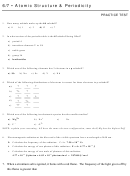 1
1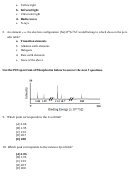 2
2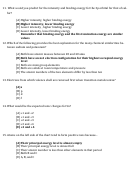 3
3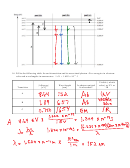 4
4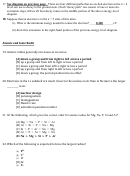 5
5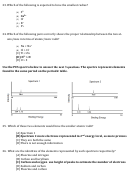 6
6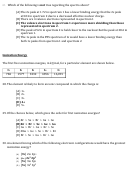 7
7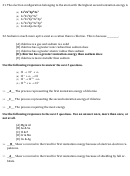 8
8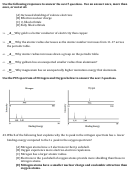 9
9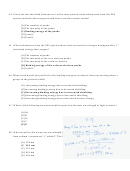 10
10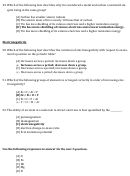 11
11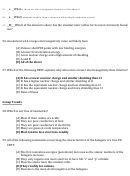 12
12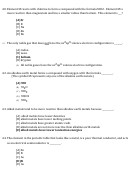 13
13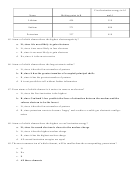 14
14








